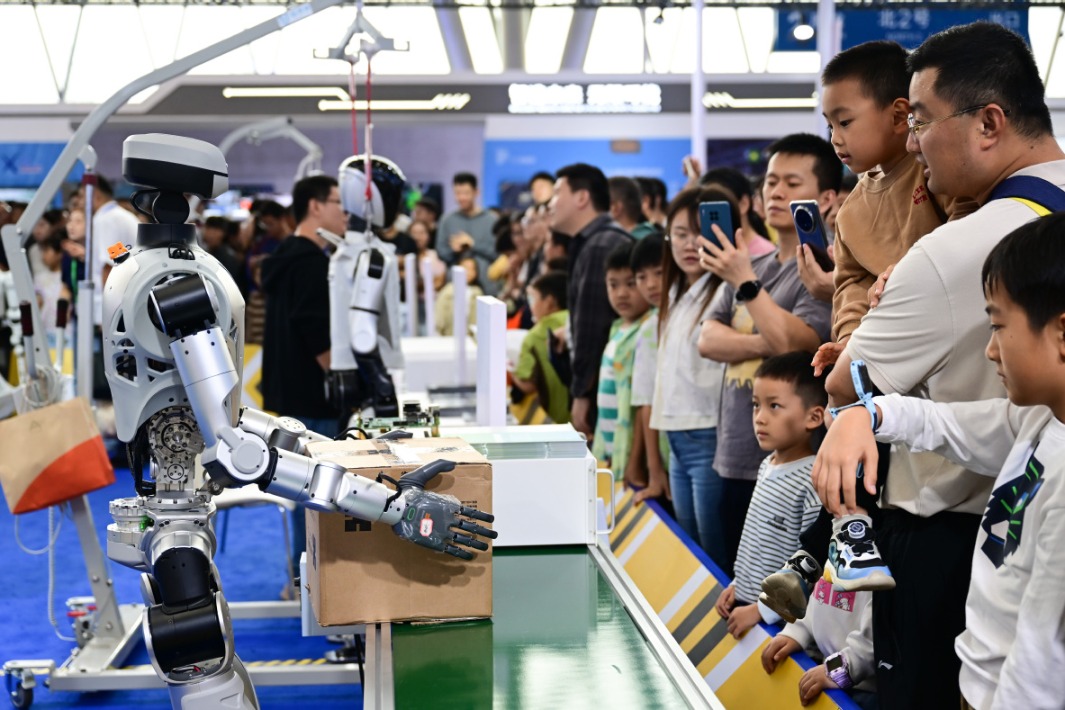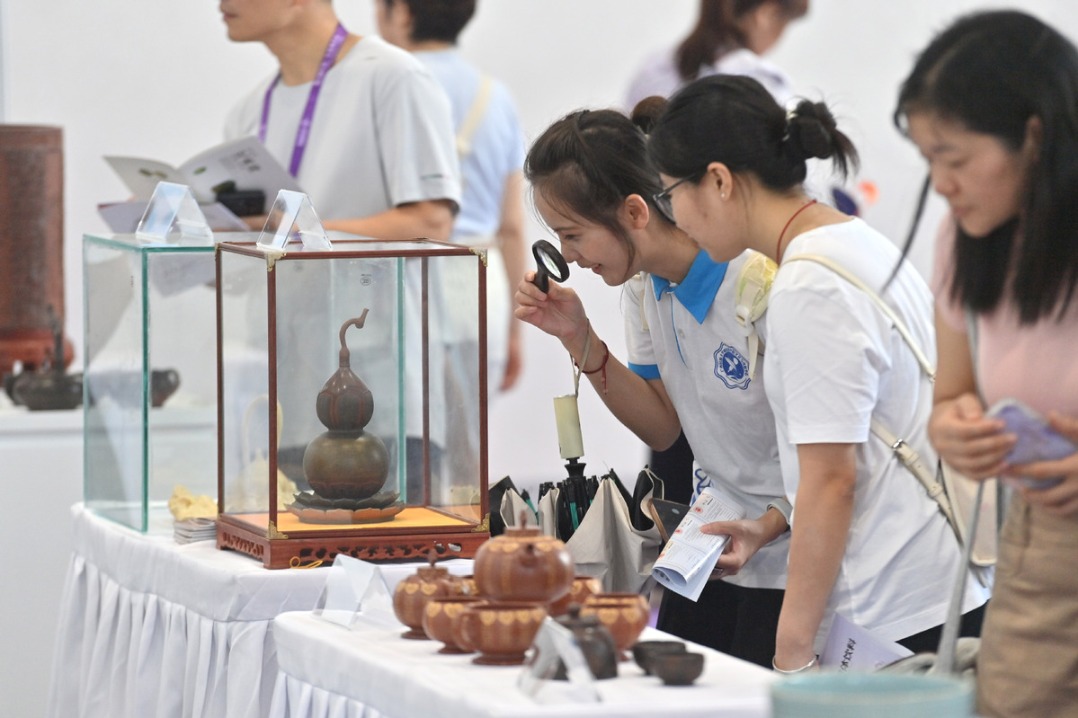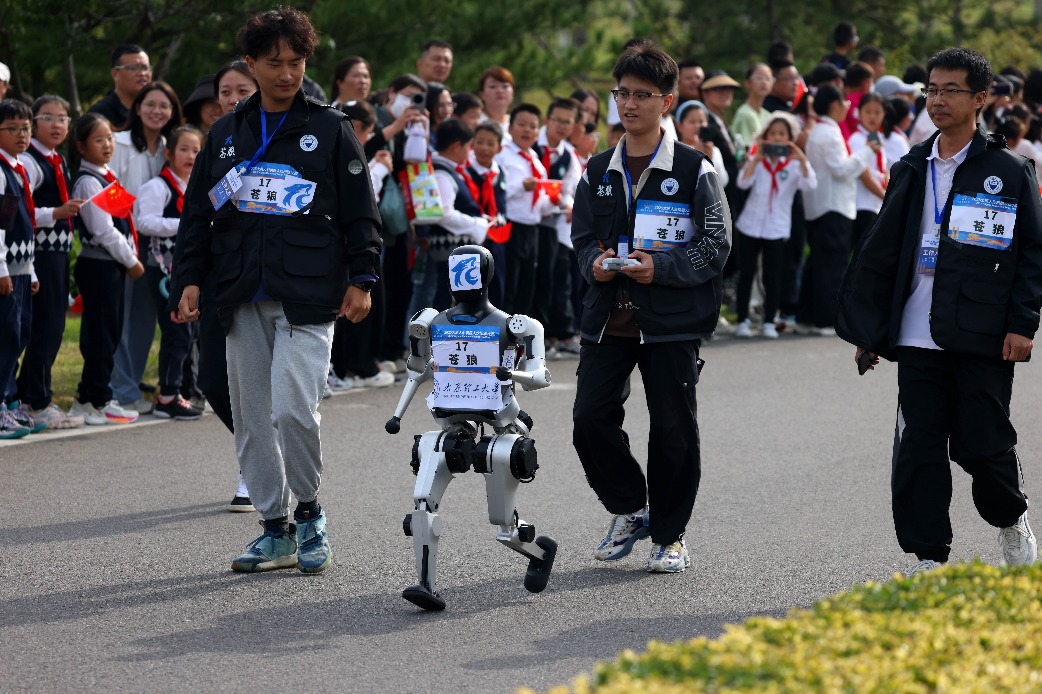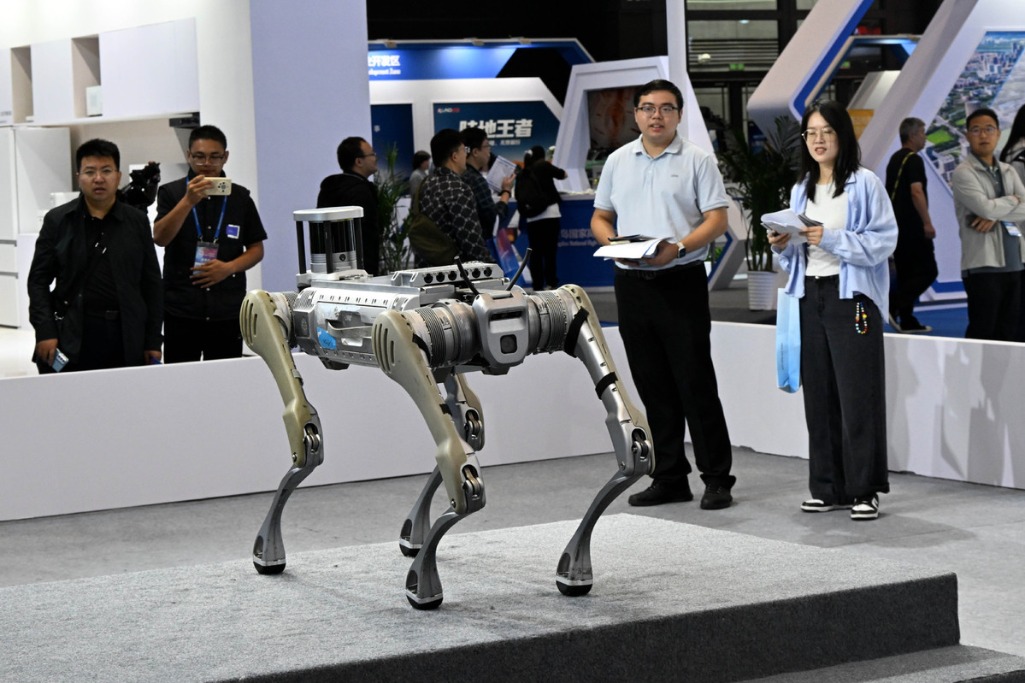BRI project in Laos helps couple find jobs, love


Big hydropower business platform boosts cooperation between China, SE Asian nation
VIENTIANE — Finding a life partner while chasing career dreams is not easy, but a young couple in northern Laos luckily got both while working for Power Construction Corp of China, or PowerChina.
Since the Belt and Road Initiative was proposed by China in 2013, plenty of Lao youth have launched their careers and fulfilled their life dreams by joining in the construction and operation of China-Laos cooperation projects over the past decade.
Phavady Nalathone, a 22-year-old woman from Xieng Khuang, northern Laos, has been working at the Nam Ou 1 hydropower plant of the Nam Ou Cascade hydropower project, which has been supplying electricity to the China-Laos Railway in Luang Prabang province since 2020.
Phavady told Xinhua that this has been her dream job since she was a kid because she had a childhood memory with a dam and she saw her father as a role model.
"My father has been working at the Nam Ngum 5 hydropower plant for over 10 years. I lived and grew up there. I learned and was fascinated about working on the project from real experience while I was staying with my father. Then my family sent me to China to study, and after I came back, my father encouraged me to work with PowerChina," she said.
Phavady went to China to study business and trade for three years, and after graduation, she applied to work with PowerChina, which developed Nam Ou River Cascade and Nam Ngum 5 projects on respective tributaries of the Mekong River.
The Nam Ou River Cascade hydropower project, built under the framework of the BRI, is highly valued by Chinese and Lao governments and peoples.
The project includes seven cascade hydropower plants along the Nam Ou River, the largest tributary of the Mekong River in Laos. The project, put into full operation in September 2021, has a total installed capacity of 1.272 million kilowatts and an average annual generating capacity of 5 billion kilowatt-hours.
"Now I can make a living and support my family. In addition, working with Chinese colleagues helps me improve my Chinese so well," Phavady said.
"I first met him (her husband) when I came to work here. At that time, I had just graduated and my Chinese was more fluent than his. So whenever we were free, we would meet and I've been teaching him Chinese," she said of her love story.
"My friends told me about the project. I heard that successful applicants would be sent for professional training in China. So, I decided to apply," said Nouphet Thongsakda, her 31-year-old husband from Savannakhet province, southern Laos.
"This opportunity means a lot to me, because I was unemployed and didn't have income for half of the year then. I was very happy to be selected," he said.
Nouphet was assigned to work in the electrical control room after finishing the training, but he faced communication problems at first.
"Because we have to work closely with Chinese colleagues and I couldn't speak Chinese fluently, it was difficult and challenging. I studied hard until we could all communicate better," he said.




































